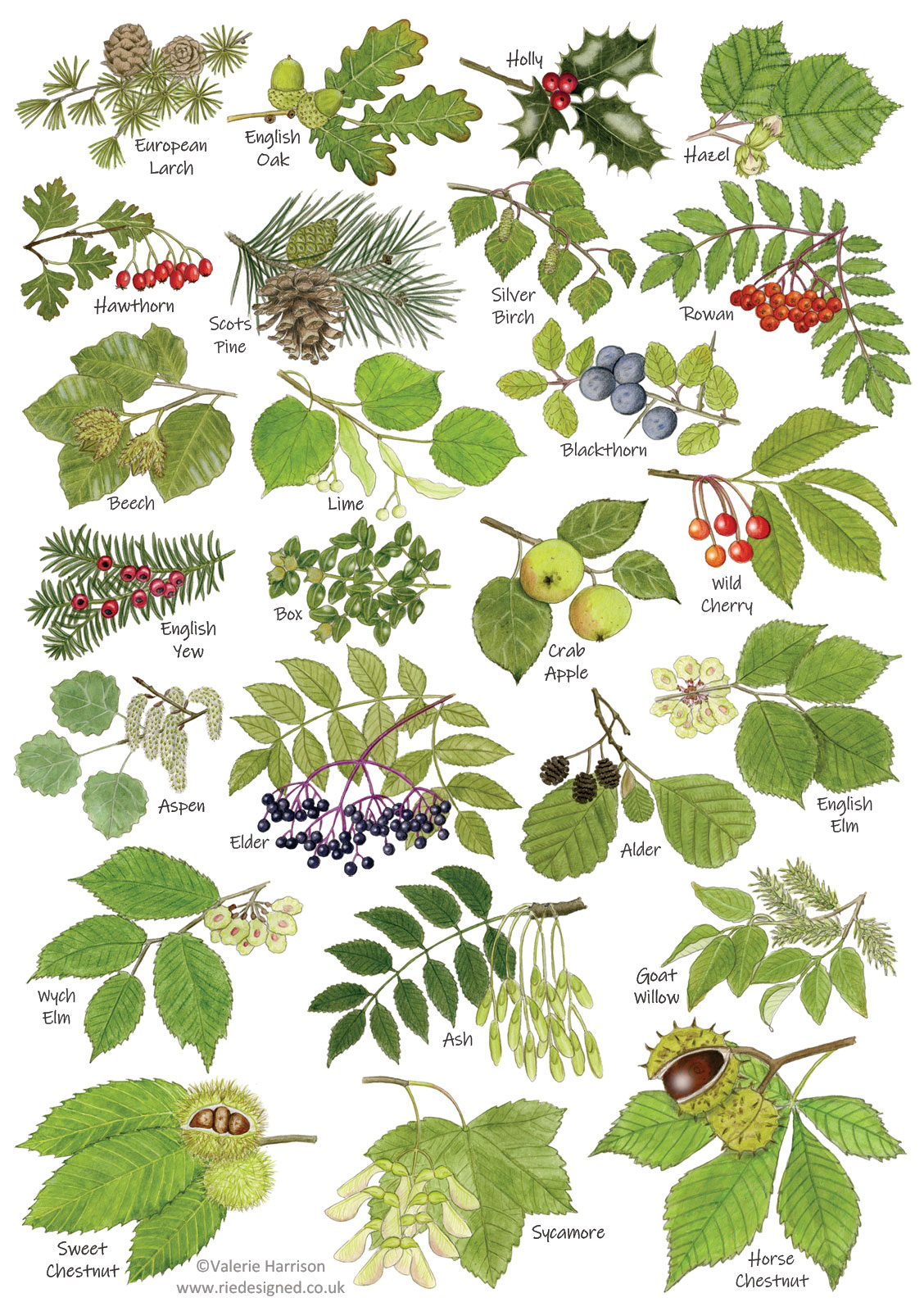

They grow quickly and will produce fruit three to five years after you plant them.

Fig trees are self-pollinating and resistant to diseases. They tolerate heat well and yet are hardy down to 15 degrees Fahrenheit. If it’s a competition for the easiest fruit tree to grow, figs might just take the prize. They need at least six hours of sunlight and slightly acidic, sandy, well-drained soil.

Fruits typically ripen between November and February.Īnother benefit of clementine orange trees is they are pest-resistant. You can grow clementine trees in pots and take them indoors during winter. Some of them will fruit in the first year, while others might take up to three years to offer up their bounty.įit for outdoor growth in zones nine to 11, these fruit trees can stand as tall as 25 feet. There’s not much waiting around for these citrus trees to bear fruit from their perfumed white flowers that pop up in spring. CLEMENTINE ORANGE Image credit: jesuino via FreeImages They do well in a sunny spot with fertile, well-drained soil. They are self-pollinating, so you don’t need more than one for it to fruit. Quinces are small trees with quirky shapes that aren’t difficult to grow. Barbara Ghazarian known as the “Queen of Quince” and a cookbook author, has dubbed the fruit, “the quintessential slow food.” Although the fruit is extremely tart, it is tasty in the aforementioned preserves, as well as pies, stews, sauces, and even homemade cider. Quince trees grow best in zones five through nine. It’s in the same Rosaceae family as pears and apples, and bears fruits in fall. This golden oldie that was once an American and British favorite for jams and jellies is making a comeback. QUINCE Image credit: LoggaWiggler via Pixabay


 0 kommentar(er)
0 kommentar(er)
